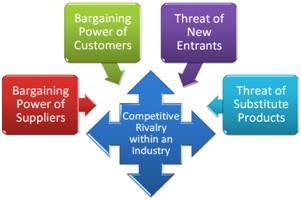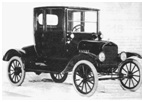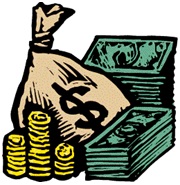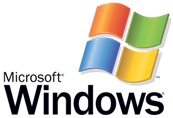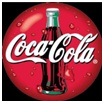|
 |
|
 |
Industry analysis and Porter's five forces
Industry analysis Industry analysis is... Evaluating an industry’s competitiveness and profitability that are affected by:
This is Michael Porter’s (pictured right) “five forces model” as discussed in his book, Competitive Strategy (1980):
How to reduce competition and increase profits
1. Reduce the number of new entrants into the industry You can do this through what economists call barriers to entry i.e. factors which deter new entrants: a) economies of scale Existing firms reducing costs by mass production (as Henry Ford did with his Model T, pictured right)
b) cost reductions other than economies of scale (e.g. patents and industry experience) c) product differentiation – product characteristics like quality and image that create brand loyalty.
d) high switching costs – high costs for the buyer of switching from one seller to another.
e) limiting retail outlets – where your product is sold (e.g. cars and cosmetics).
f) high capital requirements – large amounts of money required in the industry e.g. in production (e.g. steel) and innovation (e.g. computers).
g) government policy – patent protection and regulation e.g. drugs and licensing laws.
2. Less rivalry between competitors
This will be caused by:
a) high industry growth (leading to fewer battles for market share because sales growth is high).
b) low exit barriers i.e. the costs of leaving the industry are low (because equipment and people can be easily transferred to another industry).
c) market power How one firm can dictate what competitors do through its control over the market. For example, Microsoft Windows (pictured right) dominates the PC software market.
d) collusion – agreements between competitors on price and/or output (these are illegal in America and the EU).
3. Reduce the bargaining power of customers The main way to do this is product differentiation i.e. create customer loyalty through giving better value than competitors (often through branding and advertising like Coca-Cola, pictured right).
4. Reduce the bargaining power of suppliers This will happen when a firm (like a big supermarket such as Wal-Mart, pictured right) buys in big quantities and so can get lower prices and better quality.
5. Reduce the threat of substitute products To do this a firm must make its product more attractive in terms of price, quality and image. But this may be impossible, if the substitute is significantly superior (e.g. the train
replacing the horse).
Key quotes explained
“Know the enemy and know yourself” -Sun Tzu, Chinese general (pictured right) An organization must know its competitors (the enemy) and its strengths and weaknesses.
“In a competitive industry the key to competitive advantage is product differentiation” - Philip Kotler (American marketing professor, pictured right) Profits come from consistently delivering better value for customers than competitors.
“There are the quick and there are the dead” Andy Grove , ex-boss of the American microprocessor maker, Intel (pictured right) A business will fail in a competitive industry, if it doesn’t continually innovate and deliver new products as quickly as possible.
Best books and articles
Michael Porter, Competitive Strategy (1980) His five forces model (described above) made the Harvard Business School professor world famous and is still widely used.
Theodore Levitt (pictured right), Marketing Myopia (1960 Harvard Business Review article) An organization must not define its industry (or business) too narrowly, or it will:
For example, an oil company should see itself in the energy business, a movie studio in entertainment and a railroad company in transportation (to deal with competitors like gas, TV and car companies).
|
|
|
||
|
|
|
||
|
||
| Copyright © wisdomtowin.com All Rights Reserved | ||
|

